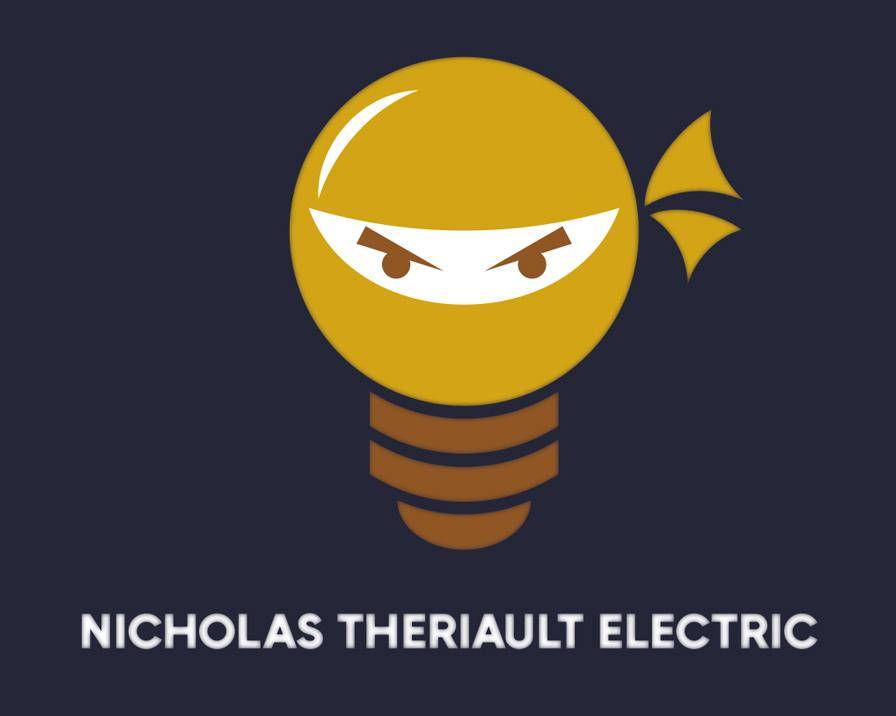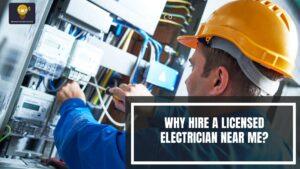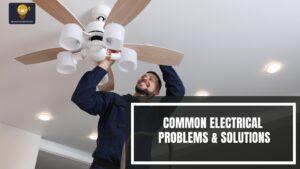Electrical Installation: A Clear Guide to Safe and Efficient Setups
Electrical installation is a key part of any home or business setup. Whether you’re building new or upgrading, proper wiring ensures everything runs safely and smoothly. From outlets and lighting to larger appliances and circuit breakers, each connection must be done right. Mistakes can lead to fire hazards, power failures, or expensive repairs. That’s why it’s important to hire skilled professionals who follow all safety codes. This guide explains what to expect during the process, what’s involved in installing circuit breakers, and how to make smart choices for long-term performance and safety in your installation.
What Is Electrical Installation?
Installation of electricity refers to the complete setup of electrical wiring and equipment in homes, offices, or commercial spaces. It includes installing wires, outlets, switches, circuit breakers, and other necessary components to ensure a safe power supply. This setup must meet current electrical codes and safety standards. From new buildings to old home renovations, a proper electrical installation is essential. It’s not only about convenience but also about keeping people and property safe. When the system is well-installed, it reduces the risk of electrical fires, shock hazards, and system failures.
Why Proper Electric Installation Matters
A well-executed electrical system is crucial for many reasons. First, it ensures all devices receive the correct amount of power. Overloaded systems can overheat, causing damage and danger. Second, properly installed systems are more reliable. This means fewer outages or disruptions. They’re also easier to maintain or upgrade later. Safety is the most important reason. Incorrect setups can lead to fire risks and shock hazards. Additionally, it helps maintain energy efficiency. Worn wires or bad connections waste electricity. A good setup saves money in the long run.
The Reasons Circuit Breaker Installation Is Important
Setting up breaker units is one of the most important parts of any electrical system. A breaker protects wiring and appliances from damage due to overload or short circuits. When there’s too much current, the breaker shuts off power automatically. Every home or office needs the right type and number of breakers. Each circuit should be matched to the power load. Breakers are often placed in a central panel that gives access to all zones in a property. Without them, systems can fail and damage electronics.
Common Signs You Need New Electrical Service
Sometimes it’s clear that your current setup isn’t working. Here are a few warning signs:
- Flickering lights when large appliances run.
- Warm or discolored outlets.
- A burning smell near outlets or panels.
- Constantly tripping breakers.
These issues usually signal that the wiring is too old or overloaded. If these problems are happening, it’s time for a new electrical installation. Ignoring them could lead to a fire or damage to expensive appliances.
Steps Involved in the Installation of Electricity
- Planning the Layout
A professional starts by mapping where outlets, switches, and lights will go. This layout also shows wire paths. - Running the Wires
Electricians run wires through walls and ceilings. They make sure the wire size matches the power load. - Installing Boxes and Panels
Boxes for switches and outlets are fixed. Then, the central panel is installed. This is where putting in circuit breaker comes in. - Connecting Components
Wires are connected to outlets, switches, and the main panel. This needs careful attention to avoid shorts. - Testing Everything
Every part is tested to ensure it works. Faulty connections or risks are addressed before use.
Important Tools for Electrical Installation
To carry out an electrical installation, professionals use several tools:
- Voltage testers for checking live wires.
- Wire strippers to remove insulation.
- Pliers for bending and twisting wires.
- Screwdrivers and drills for fixtures.
- Circuit breaker testers.
Each tool helps the installer work quickly and safely. Homeowners should not attempt this work without the proper tools or experience.
Hiring a Local Emergency Electrician
Electrical issues don’t always follow a schedule. That’s where a local emergency electrician comes in. These professionals are available 24/7 for urgent repairs. If a circuit breaker trips in the middle of the night or you smell burning, call one right away. Delays can increase damage or danger. A local emergency electrician arrives fast and knows the local codes. This ensures repairs are both quick and compliant. Besides emergencies, they also handle urgent upgrades. Need an appliance hooked up the same day? These experts can help.
Code Compliance and Permits
Every electrical system must follow city and national codes. These rules ensure safety and energy efficiency. Ignoring them can result in fines or even denied insurance claims. Before starting any work, permits are usually needed. This alerts the city that work is being done. Inspectors may visit before or after to check compliance. Licensed electricians know what permits are needed and how to pass inspections. Always hire someone qualified to avoid problems later.
Safety Tips During and After Installation
Safety should always come first. Here are some top tips:
- Turn off the power before any work.
- Use insulated tools.
- Never use water near electrical outlets.
- Keep children away from active work zones.
After installation, continue to check for signs of wear. Hire a pro to inspect the system every few years. Replace any damaged outlets or switches.
Upgrading Your System
Older homes may need an electrical upgrade. Many were built before modern appliances became common. These systems can’t handle today’s power demands. Upgrading involves replacing old wiring and installing new breakers. It also includes adding more outlets for new rooms or additions. If you’re planning renovations, consider upgrading the electrical system first. It’s cheaper and easier to do this before walls are closed up.
Installing Circuit Breaker Safely
When installing circuit breaker units, always follow safety rules. Each breaker must be properly rated for the wire size and expected load. Avoid reusing old breakers unless tested. Also, label each circuit clearly. This helps during repairs or upgrades. It’s best to leave this job to trained professionals. They know how to safely shut off and restart systems. One small mistake here can cause a fire or serious injury.
Finding a Reliable Electrician
The key to a safe installation is a qualified electrician. Look for one who:
- Is licensed and insured.
- Has strong reviews.
- Offers emergency services.
- Provides clear pricing.
Ask about their experience with both residential and commercial jobs. Also, check if they handle permits and inspections.
A good local emergency electrician should be easy to reach and quick to respond. Keep their contact info handy for future needs.
Conclusion: Keep It Simple and Safe
Electrical work doesn’t have to be confusing. The goal is to set up a safe, efficient system that supports your needs. With the right help and knowledge, electrical installation becomes a smooth process. Always work with professionals. They keep your home safe and your systems running well. Whether you’re installing circuit breaker panels or upgrading existing wiring, precision matters. And when things go wrong, a local emergency electrician is just a call away. Having access to expert help makes all the difference in keeping your home or business safe and powered at all times.
End your search today with the right team to handle your electrical installation.



